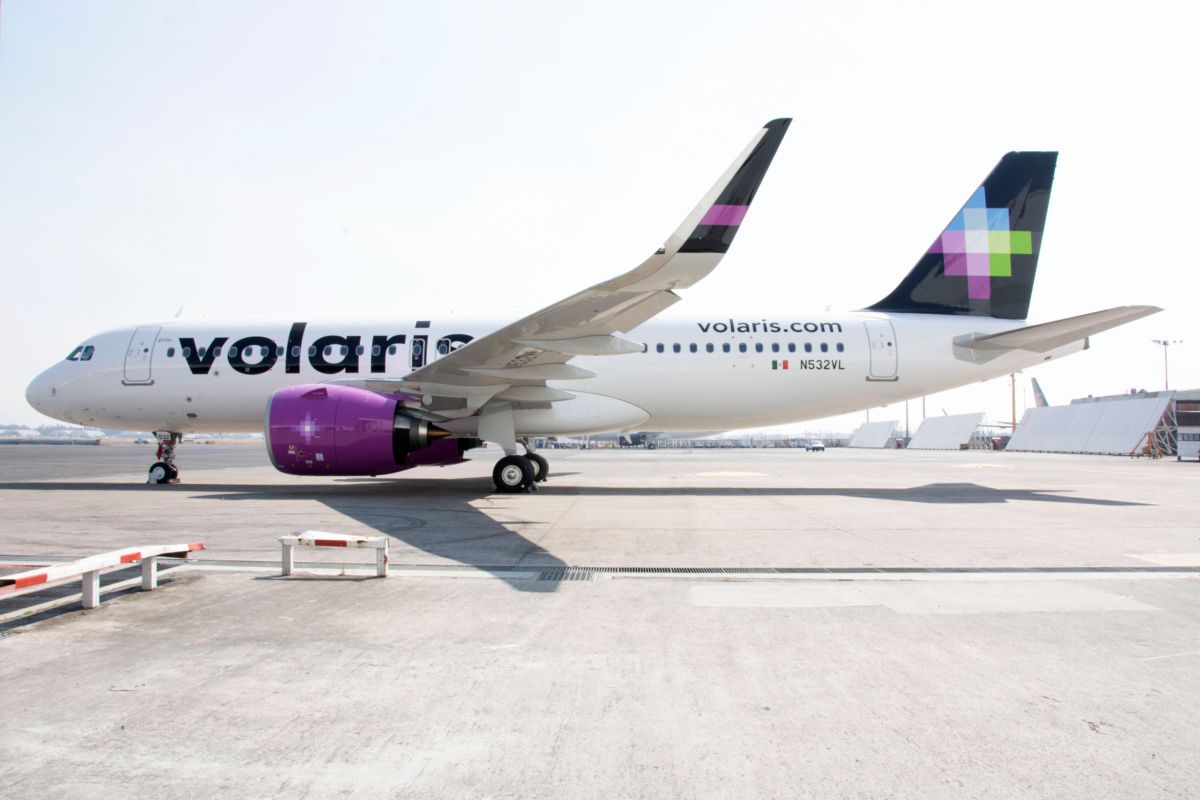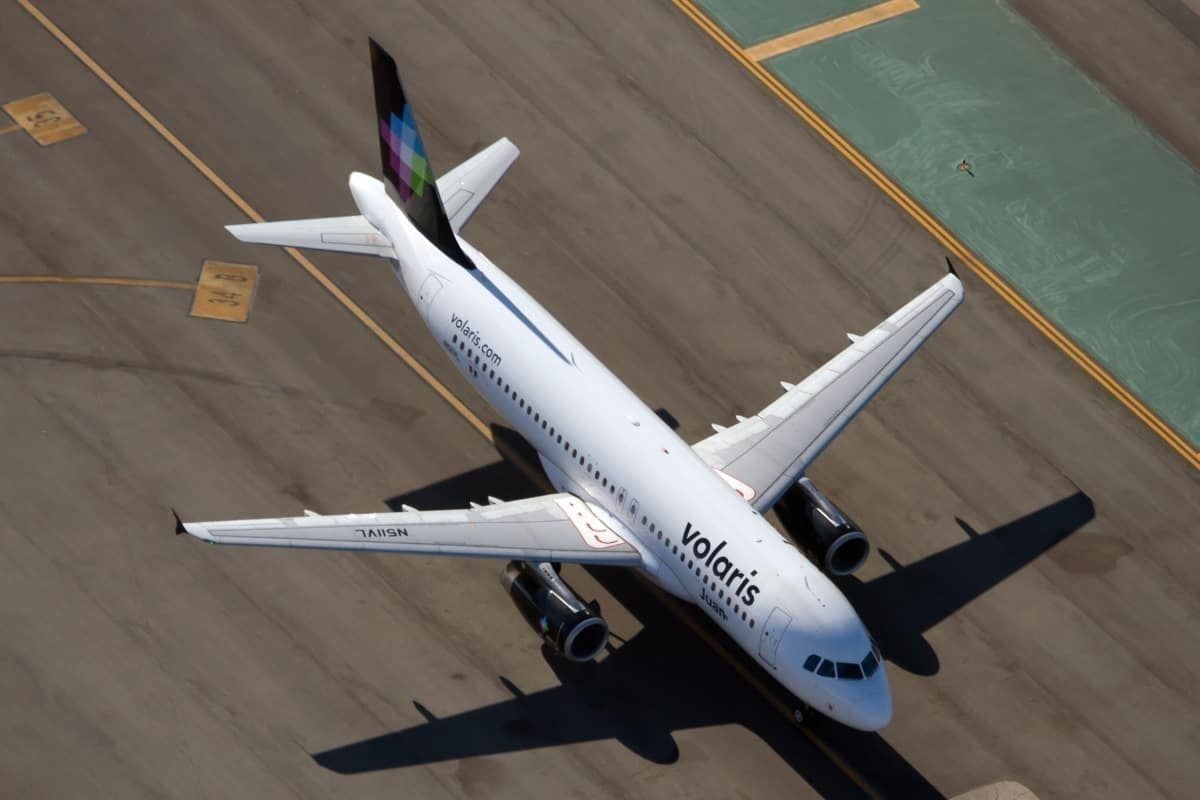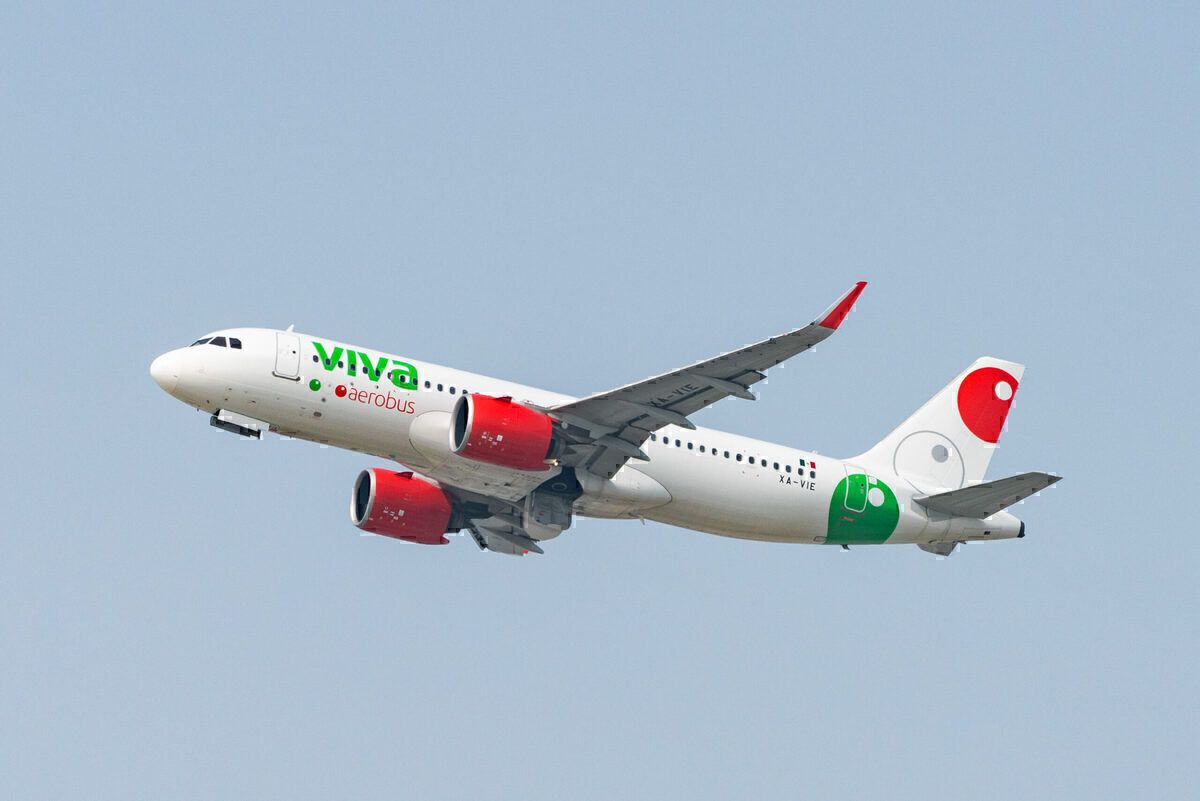During the fourth quarter of 2020, Volaris returned one Airbus A319 and took delivery of three new A320neos, the airline stated in its financial results. The Mexican low-cost carrier is currently upgauging its fleet by retiring the older planes. How will it look in the next few years?
Let’s look at Volaris’ fleet
Since its inception in 2006, Volaris has been an all Airbus-based operator. It has used the A320 family to bring the low-cost concept into Mexico, and with great results.
As of February 2021, Volaris has the second-largest fleet in Mexico, behind Aeromexico’s. Previously, Volaris was on a close race with Interjet, an airline that used to have a fleet of 88 aircraft.
Volaris finished 2020 with a fleet of 86 aircraft. It has six A319, 64 A320s, and 16 A321s. The average age of its fleet is 5.3 years.
During the fourth quarter, Volaris returned one A319 aircraft and incorporated three new A320neo.
The airline started 2020 with 82 aircraft (eight A319, 58 A320s, and 16 A321s); Volaris didn’t incorporate additional aircraft into its fleet during the first quarter. Between April and June, it returned one A319 and brought one A320neo. Finally, during the third quarter, it returned one A320 and got three new A320neo.
At the end of 2020, Volaris’ fleet had an average of 188 seats per aircraft; 79% were sharklet-equipped, and 35% were NEOs. By the end of 2021, Volaris will have a fleet of 87 aircraft; by 2022, it will be 93, and by 2023 it will be 85. After that, the airline still doesn’t know.
What will the future bring for Volaris?
Volaris is playing aggressively in the current pandemic. The airline knows that there’s a unique opportunity in the current environment for growth in Mexico. Of the four leading carriers in the country, one has all but disappeared (Interjet), and the other (Aeromexico) is under a Chapter 11 financial reorganization.
Therefore, as Enrique Beltranena, CEO of Volaris, stated, the airline is poised to be a long-time winner from the pandemic. Last week, we reported that Volaris expects to receive up to 98 planes by 2028. According to the airline, 58 will be A320neo and 40 A321neo.
While the airline still doesn’t know what size it will have by 2028, it most likely will be the largest Mexican carrier by that time.
Grupo Aeromexico could reduce its size to 80 aircraft by the end of this year; it will take time before Aeromexico grows in size again due to its Chapter 11 reorganization. Meanwhile, Viva Aerobus expects to receive up to 42 Airbus A321neo between 2021 and 2026. That year, Viva Aerobus could have a fleet of up to 80 aircraft, the airline said to Simple Flying.
Good results for the low-cost operator
Volaris finished 2020 on a strong note. The airline reported a net income of US$45 million in the final three months of the year, despite the COVID-19 crisis. Nevertheless, the financial hit of the two previous quarters was too much, and Volaris posted an annual net loss of US$215 million.
Volaris is one of the feel-good stories of 2020. The Mexican airline had a V-Shaped recovery from the COVID-19 pandemic, thanks to the leisure and VFR traffic in Mexico and the US.
According to stats from the Mexican government, Volaris consolidated itself as the country’s largest domestic operator. In 2020, it transported over 14 million passengers, a decrease from the 21 million it had the previous year.
During the final quarter of 2020, Volaris began operations in two new domestic routes and seven new international routes. From Mexico City, it launched flights to Campeche, Dallas, Houston, Fresno, Ontario, San José (California), and Sacramento; from Cancun, it started operating to Oaxaca, and from Morelia to Chicago O’Hare.
What do you think of Volaris’ fleet plans? Let us know in the comments.



